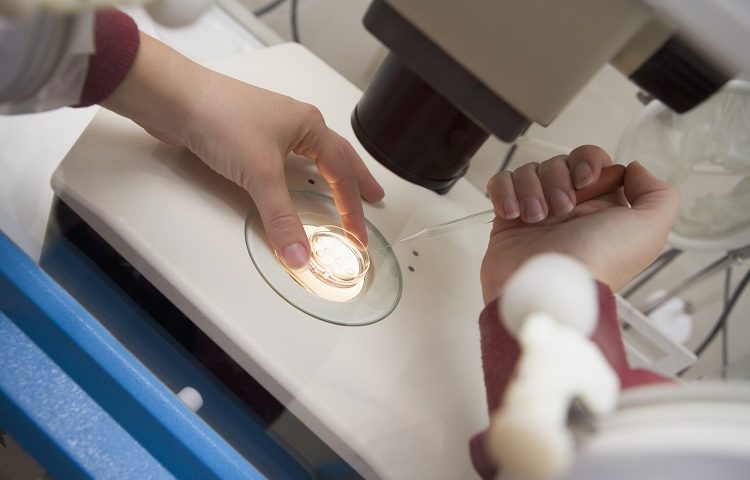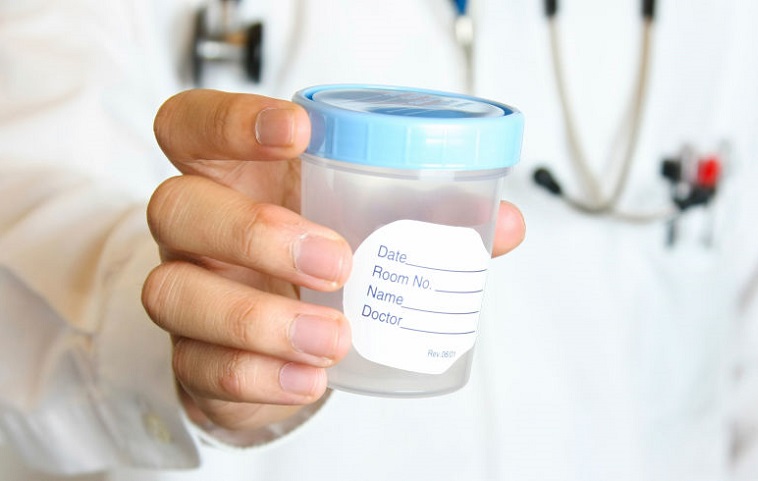Sperm test in IVF treatment

How long is a break in IVF treatment?
3 October 2022
Is Hysterosalpingography (HSG) necessary before IVF?
3 October 2022Sperm test in IVF treatment

Sperm test in IVF
A sperm test is a routine test that is done before IVF treatment. It is used to assess number, motility and morphology of spermatozoa. This is a very important test. Also known as semen analysis. Sperm sample; It is a yellow-white cloudy and thick liquid. It is released from the penis. The spermatozoa fertilize the woman’s egg and form the embryo. Spermatozoon contains male’s genetic material. Semen analysis is very important in infertility research. Through semen analysis; sperm count and movement can be detected. Applying a semen analysis twice, once every 15 days, gives healthier results.
How is a sperm test performed?
- It is necessary not to have sexual intercourse within 3 days before sperm test. A longer period of time may lead to errors in sperm counts. During this period, you can not drink alcohol.
- Sperm analysis is carried out in special rooms in IVF centers.
- Sperm sample should be taken by masturbation. Foreign substances such as lubricants, saliva or lotions, creams should not be used at this stage. These substances can cause erroneous semen analysis.
- Container in which sperm sample will be placed must be individual and sterile. Before submitting a sperm sample, male candidate must wash their hands. If some of sperm sample spills out, there is no need to worry. The spilled part must not be returned to container. Laboratory team will tell you if amount is sufficient or not.
Amount of spermatozoa:
It is determined how many spermatozoa are in each milliliter of sperm. The acceptable rate is 20 million spermatozoa per millimeter. In cases of a lower sperm count, a low sperm count is considered.
Sperm motility (motility):
The percentage of spermatozoa moving between spermatozoa is determined. The forward movement of sperm must be at least 50%. If it is below this indicator, then this is considered as asthenospermia, that is, low sperm motility.
Shape (morphology) analysis:
This is a study of abnormalities in the shape of spermatozoa. This study is carried out under a microscope. In each sperm test, defective and healthy spermatozoa are detected. An important point is ratio of healthy spermatozoa. According to criteria of World Health Organization, normal sperm must be present in an amount of at least 30%. If less, there is a problem of teratospermia.
Volume:
As a result of sperm test, sperm should be at least 2 ml.
Liquefaction/dissolution time:
After ejaculation, sperm is in the form of a dark gel. However, it can melt in 20 minutes and become liquid. Prolonging this period may adversely affect fertility.
Fructose:
Sugar is source of energy for sperm. It is very important to be present in sperm sample.
pH:
As a result of sperm test, pH should be in the range of 7.1-8.
Factors that can cause defects in sperm test:
- Orchitis
- Varicocele
- Klinefelter syndrome
- Exposure to radiation
- No fever before sperm test
- Mumps (parotids)
- Genetic problems

